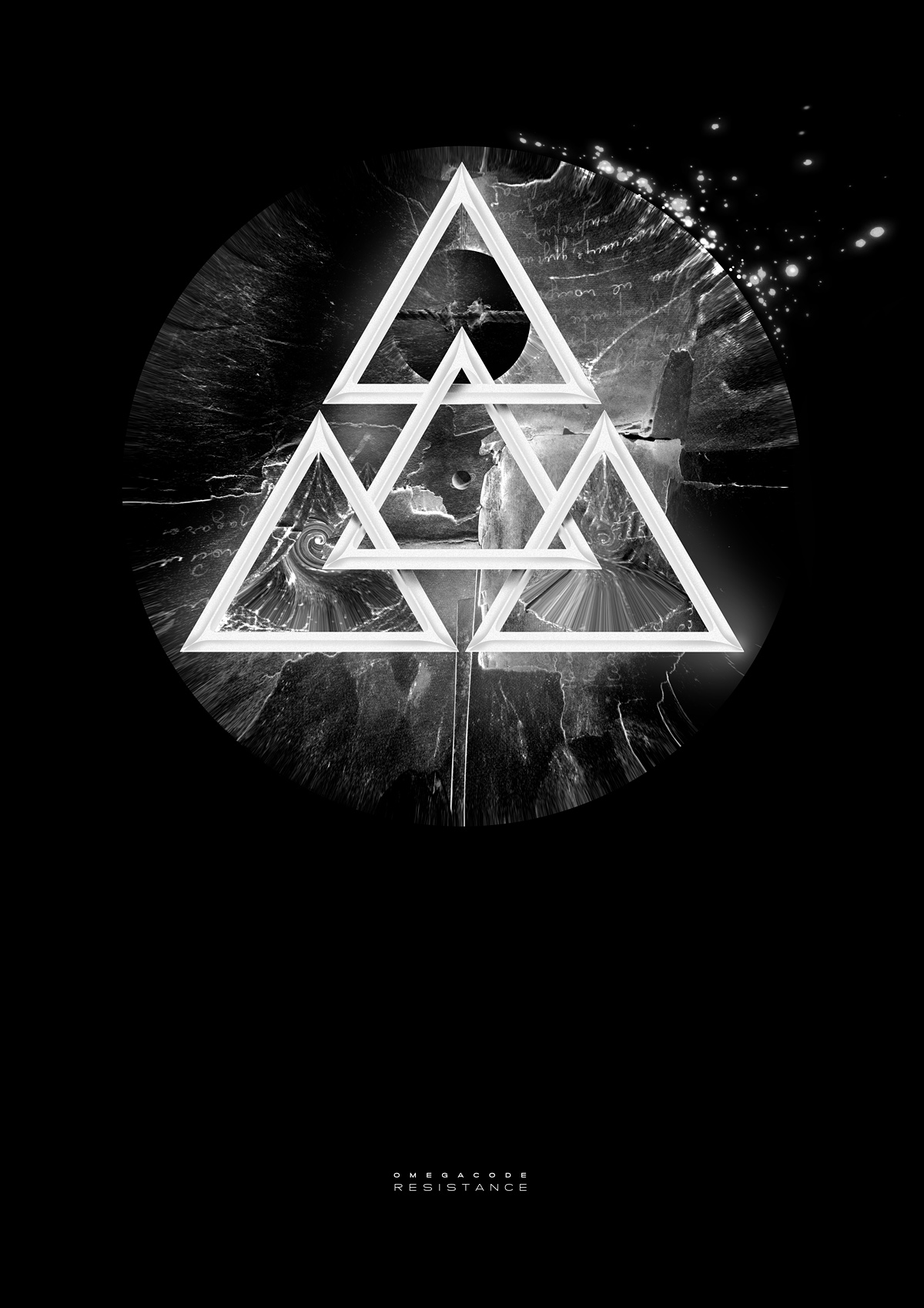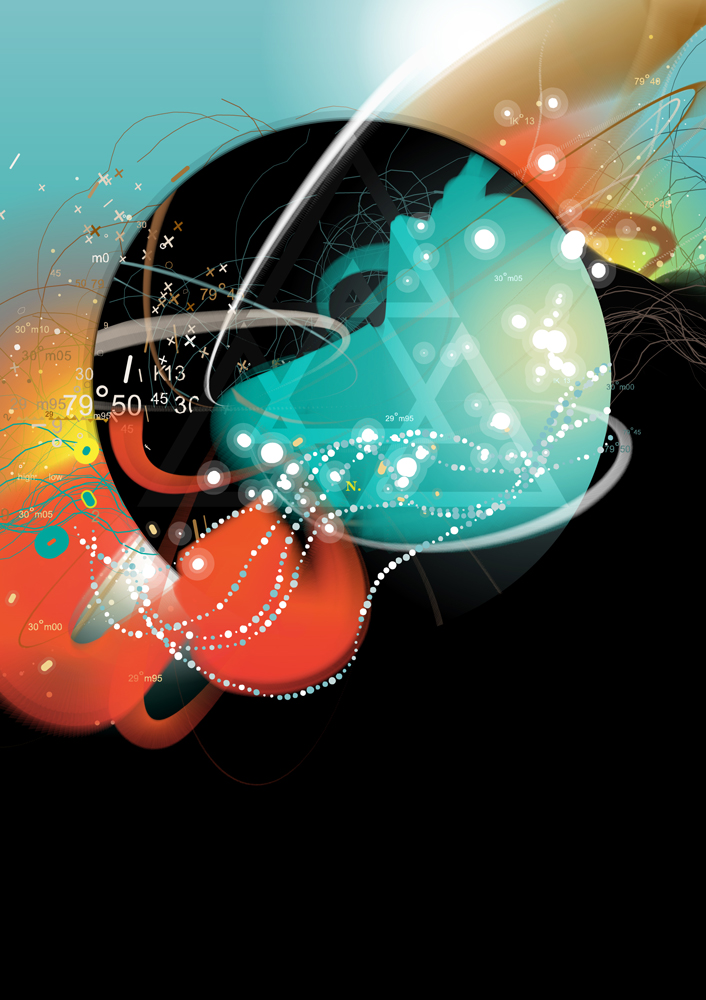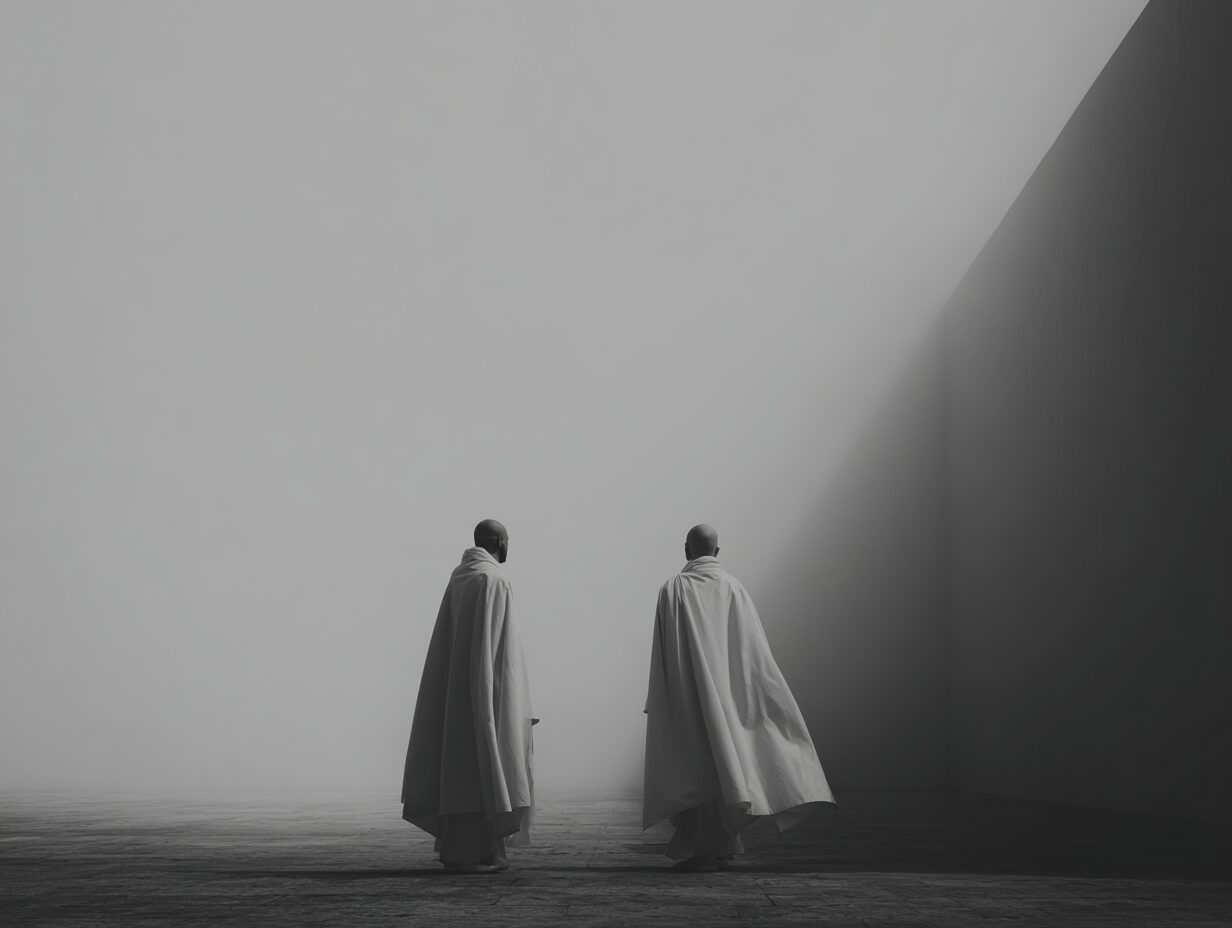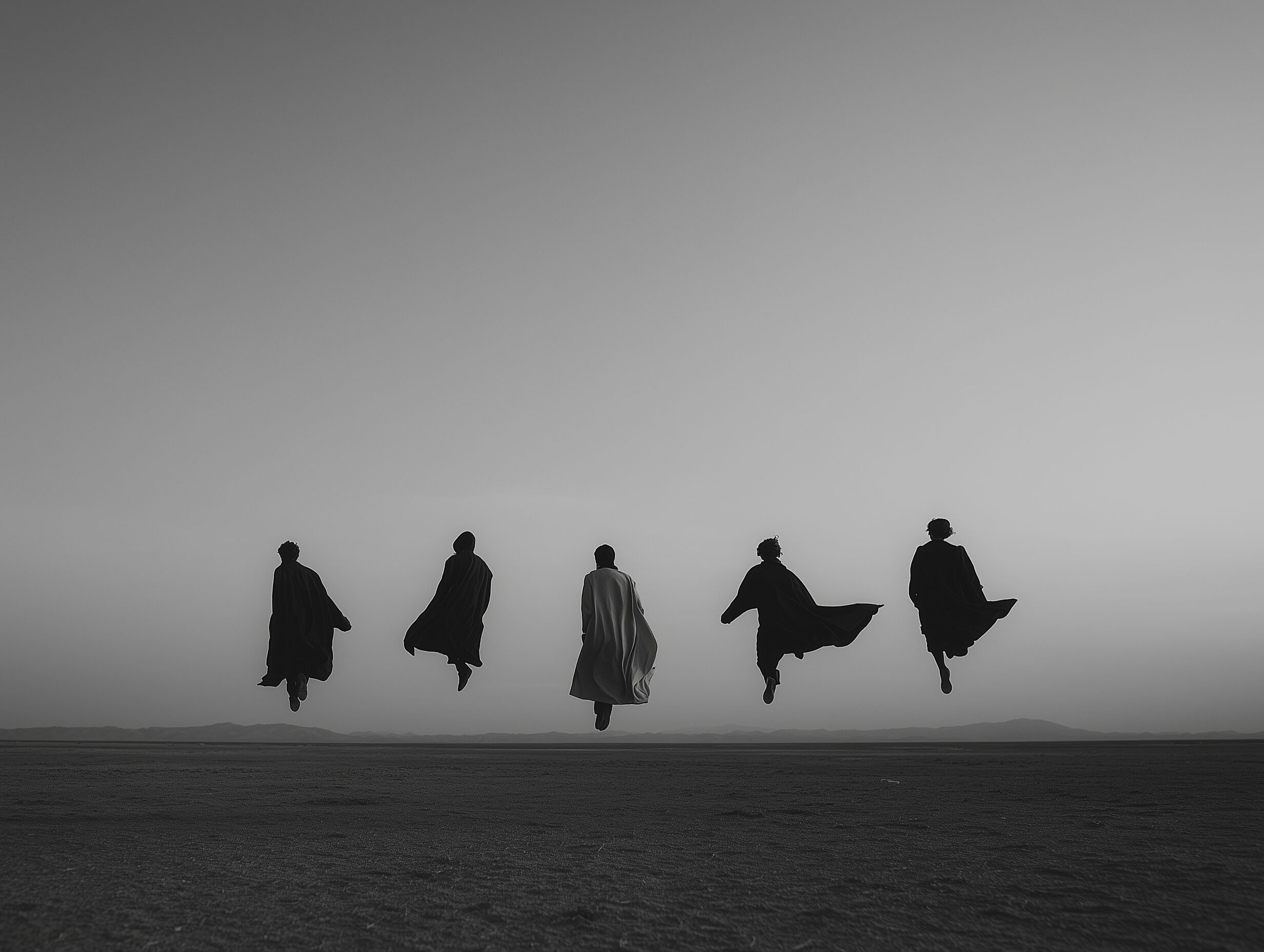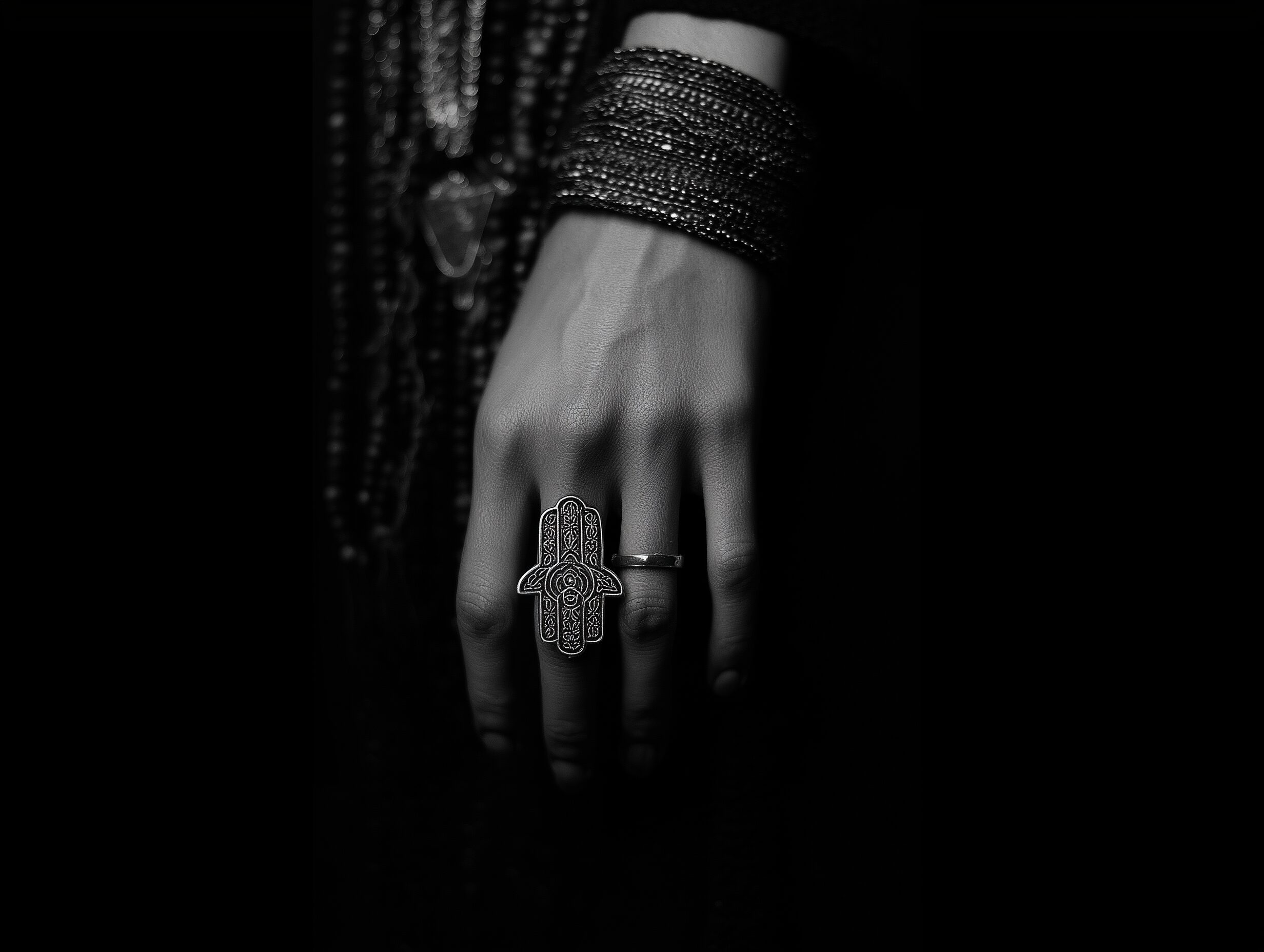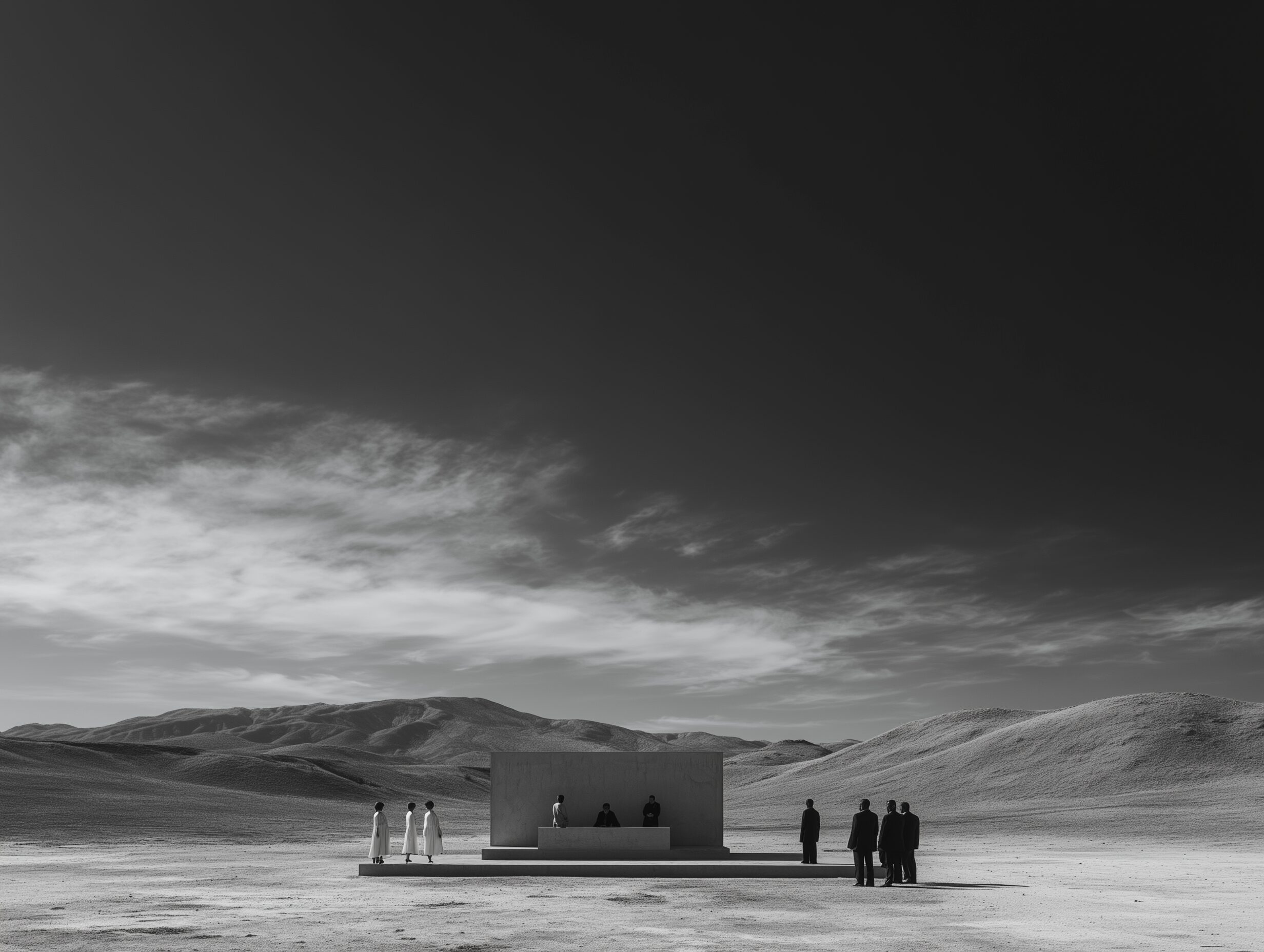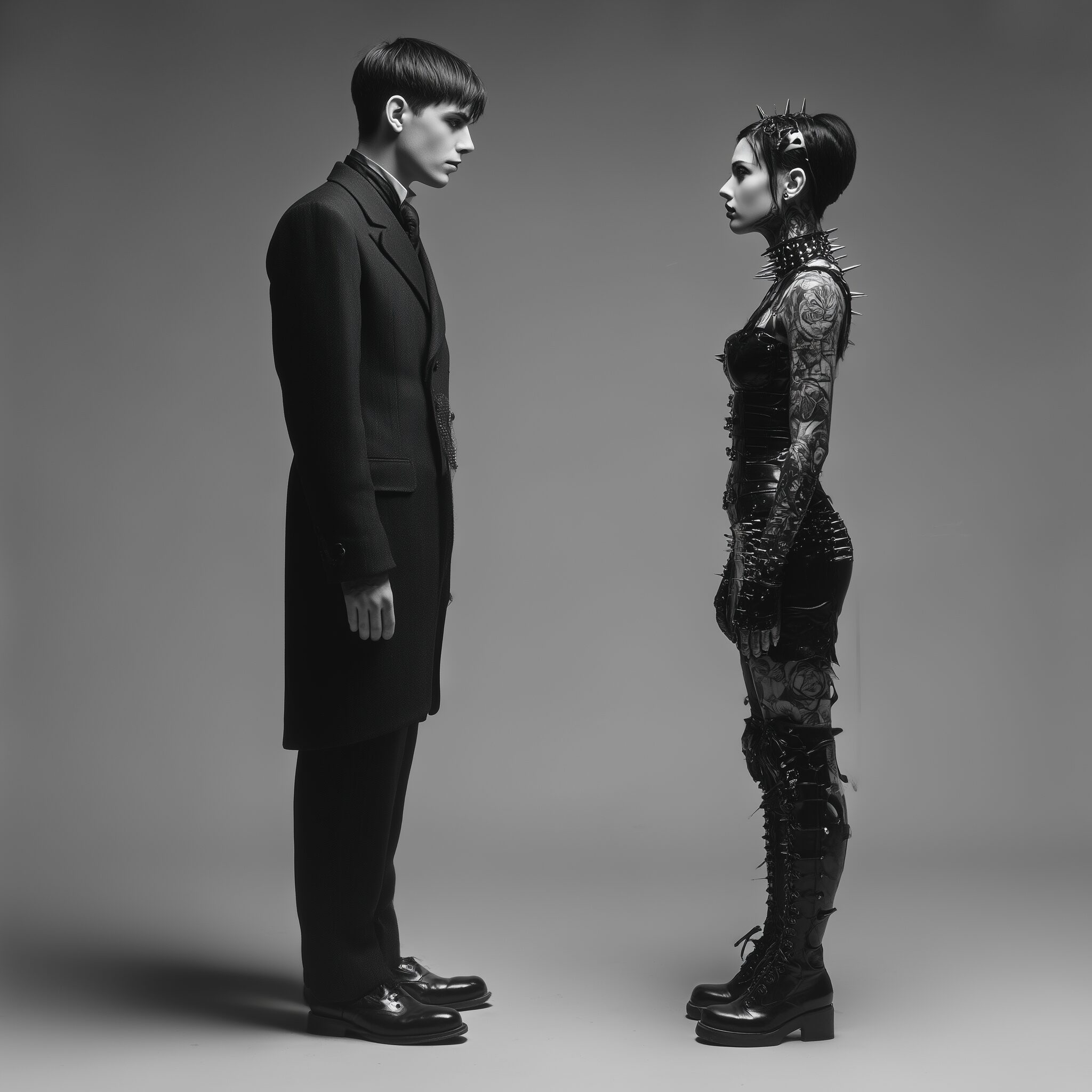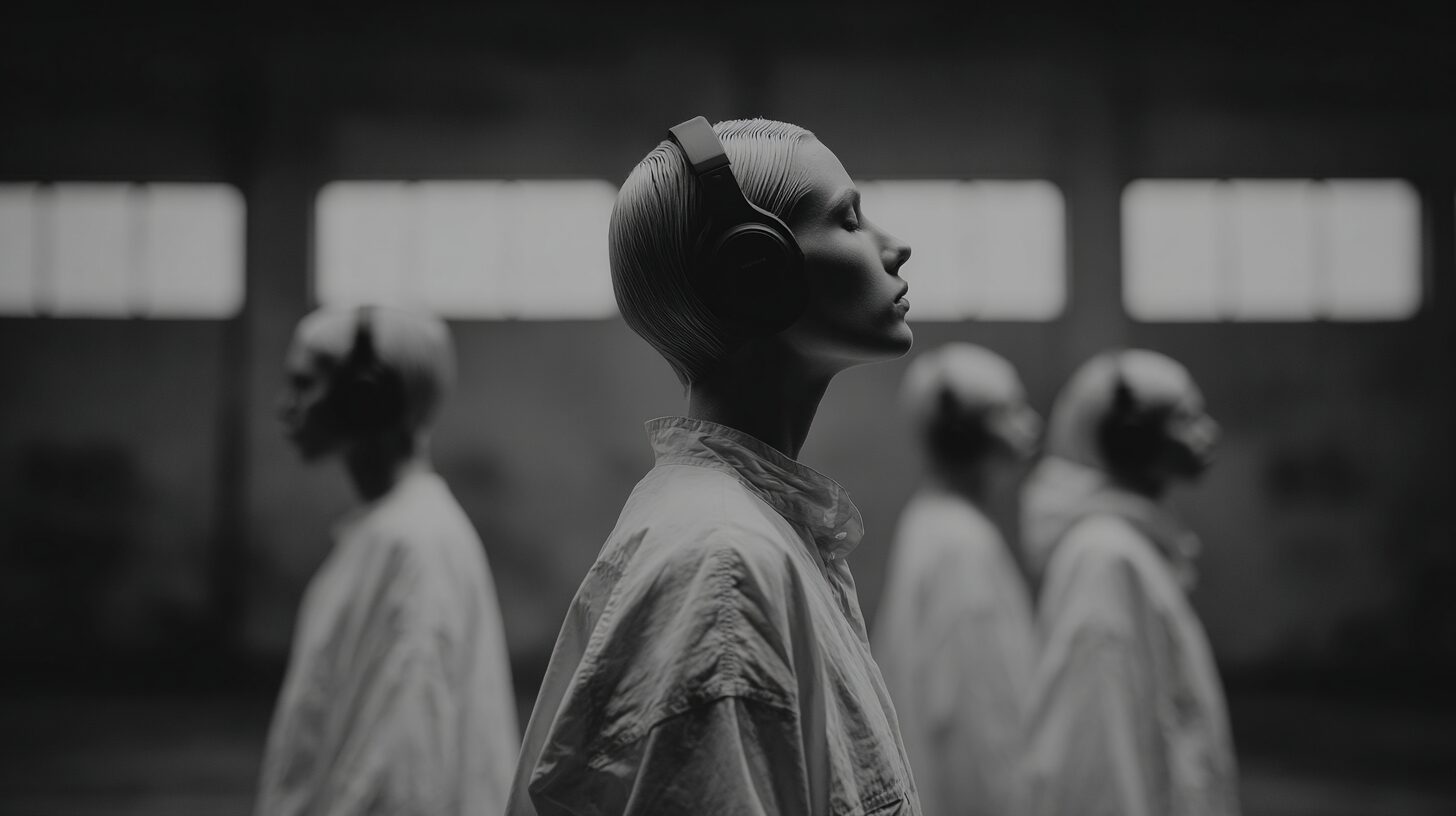
When Andy Hildebrand accidentally developed autotune, the music industry experienced a significant shift toward pitch-perfect music. The aesthetics of mainstream music underwent a complete transformation. The mass-production industry could now adopt formats for the widespread standardization of music. The tool even became a feature when T-Pain extrapolated the usage of the tool, creating a new genre of music. Everybody wanted to autotune their tunes. A little later, the vocal-chopped snippets with distorted pitches also became mainstream when Major Lazer’s “Lean On” hit 1 billion streams on Spotify.
Every time a new tool is released, artists strive to find innovative ways to utilize it creatively, whether intentionally or by chance. The same thing has happened with guitar distortion, vinyl scratching, and sampling. People are always attracted to new trends, which come and go in waves. However, with the spread of information through social media, there are many new micro-trends that we can barely keep up with. The latest I was able to follow was LoFi Girl and its nemesis, the hyperpop.
However, to add to the pulverization of music creation, artificial intelligence isn’t just creating near-perfect songs based on current genres; we can’t keep up with the rapid release of music. Spotify’s Release Radar can’t show us everything that we could keep up with. This is a complicated scenario for new artists to break through, or even for new genres to gain widespread adoption among people. We are shifting to a scenario of niche massification.
But how does the atomization of music influence its aesthetics? The music industry will always profit from something; however, music itself is no longer the focus (and it barely was in the past). We had major music scenes that lasted a couple of decades, then shifted to short trends, and now the music creation is insignificantly related to all the rest that the artists are adding their effort to. Some niches still maintain a high quality of composition, but there is little to no progress in the mainstream regarding music itself. If we consider Spotify’s top 20 artists, most of them aren’t there because of their music, but because of the aesthetics they created alongside it; the songs are just background noise.
Many writers have already published books, articles, and essays regarding the problems of creating music for the masses. Adorno, Scruton, and Lipovetsky are worth mentioning—and their warnings were prescient. These critics were right to identify the leveling effects of mass production on art. Their so-called “elitism” wasn’t mere snobbery but a recognition that aesthetic standards exist and matter—a position I share without reservation. The dopamine shots became shorter and shorter, so that we are in a scenario where the addiction no longer cares about music; they gotta get the listener by other means necessary. Let’s listen to mainstream music (I carefully advise against it): you will find the artificial additives on every sonic wave, as it is an auditory version of ultra-processed food. The consequences of it are the same as ingesting unhealthy food; your brain is going to atrophy to the point of no return.
Music is a metaphysical process: we listen to enter another place, either through communion or solitude with ourselves. The dopamine hit eliminates this element. As Rudolf Otto pointed out, music is one of the most important artifacts used to access the sacred, as every religion incorporates it into its liturgy. Music is even mentioned as a vital element in the afterlife, as, for example, mentioned many times in the Bible, where angels sing to extol God.
‘And after these things I heard a great voice of much people in heaven, saying, Alleluia; Salvation, and glory, and honour, and power, unto the Lord our God: ‘ – Revelation 19:1
Now, let’s put all elements into place: ultra-processed aesthetics, artificial intelligence producing endless pieces of music, an overwhelming amount of information pushed through self-fed algorithms, and the elimination of music metaphysics. What’s left for music? The probable solution to this would be the rejection of mainstream and technological abuse of art, adopting a Luddite stance. Neo-Luddism has recently been adopted by individuals overwhelmed by the pressure that technological advancements place on society, causing them to prematurely embrace new trends. Nevertheless, we know beforehand that it’s impossible to avoid the winds of change, like a single sailor in a storm with a raft.
Certainly, discretion is advised. A balanced approach is needed, but we are in the midst of a paradigm shift in society, where we can’t trust any media or information. The exact process will happen to music consumption. Will we blindly embrace music created by AI, with the plastic hyperrealism it produces? If history shows us a pattern, we have to agree that it’s a certain yes. The aesthetics of music will reveal a shallow, unholy, addicted society, not as a norm, but as a Zeitgeist. We can’t pretend to have a crystal ball, but we see the data and realize that this path was taken.
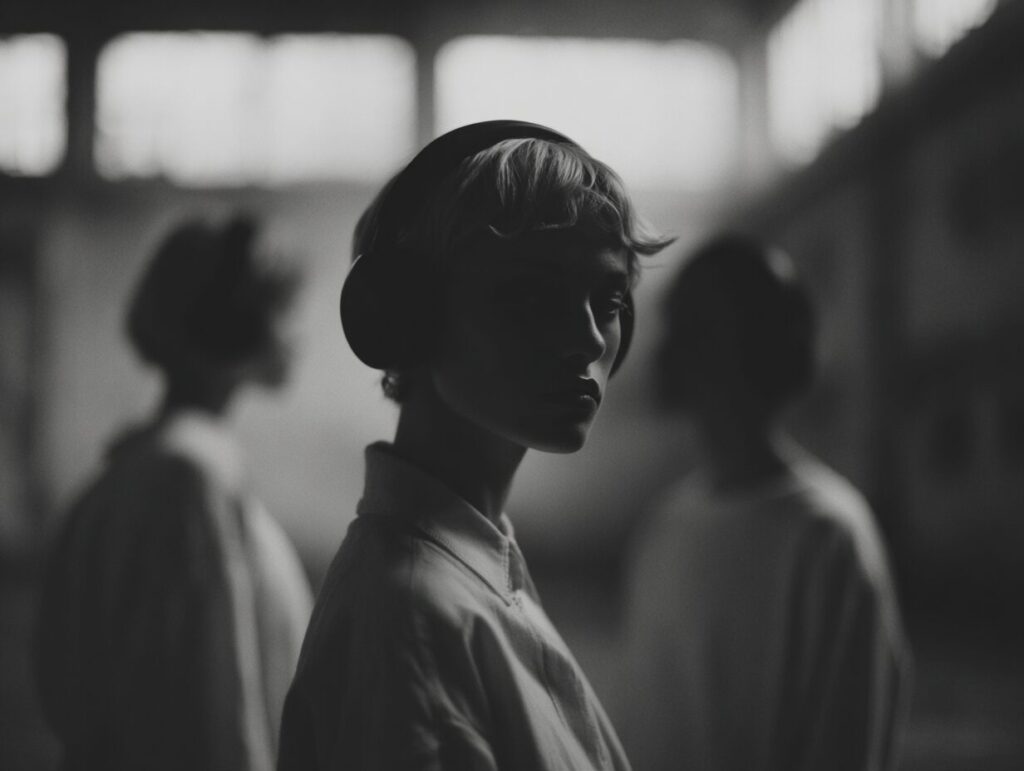
The obvious objection to this critique is: who decides what’s good? But this question itself reveals the depth of our cultural crisis—it assumes aesthetic value is merely subjective preference, that one person’s masterpiece is another’s noise and neither judgment holds more weight. In reality, criteria exist: technical mastery, structural coherence, emotional depth, metaphysical resonance. These aren’t arbitrary impositions but accumulated wisdom from centuries of musical tradition. Rejecting expertise and canon in favor of algorithmic popularity or radical relativism—the notion that “everyone’s taste is equally valid”—has produced precisely the aesthetic wasteland we now inhabit. The democratization of creation tools doesn’t eliminate the hierarchy between craft and noise; it merely obscures it under the illusion that all output is equivalent.
Therefore, acknowledging that the trends are becoming extreme and aware of how music for the masses is being produced, we, as a minority that thinks critically about the situation, will not simply become Luddites; we will have to construct a new path. We must reassert that not all music is equally valuable, that mastery and tradition matter, and that standards are not oppressive but liberating. The gatekeepers and curators—critics, educators, artists who maintain these standards—aren’t obstacles to progress but necessary filters against cultural entropy. Using the premises of the classical standards created by the giants on whose shoulders we stand, we must produce a counter-wave of discriminating, sober use of technology so that we can thrive through this storm: a tech-culturally savvy elite that filters and shares what is good, pure, and meaningful. There’s no wishful hope in the midst of a dystopian future, only pragmatic solutions grounded in the recognition that excellence exists and must be preserved.
Not by coincidence, Depeche Mode had a song called Sacred on their album “Music for the Masses”. What a unexpected turn of events.


